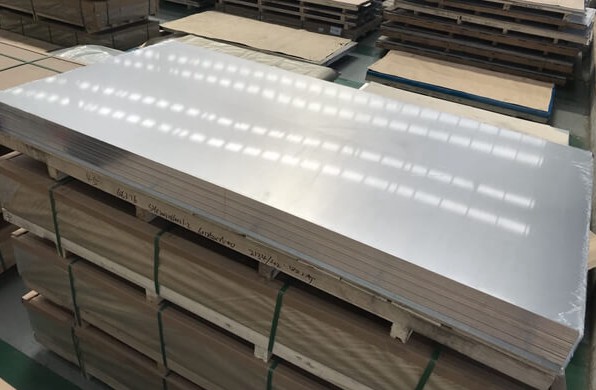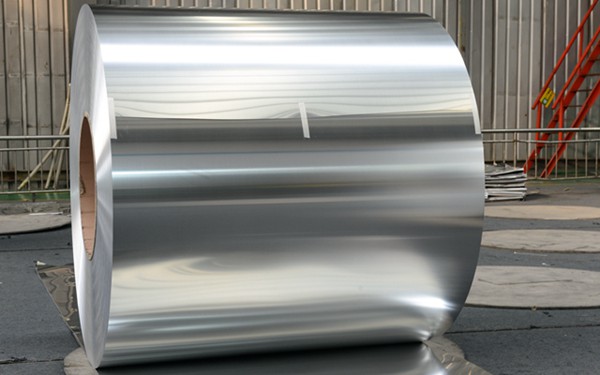Alloy 1100 stands as one of the purest forms of aluminum, boasting excellent conductivity and formability. Its high thermal conductivity and corrosion resistance make it ideal for applications such as heat exchangers, fin stock, and chemical equipment. On the other hand, alloy 1145, while sharing many of these qualities, is slightly purer and often employed in transformer and electric cable wrap applications due to its superior electrical conductivity.

In terms of chemical composition, 1100 primarily consists of aluminum (99.00% min) and other elements like copper, iron, silicon, and zinc in minimal amounts. Conversely, 1145 is even purer, with a minimum aluminum content of 99.45%. This minimal variance in composition significantly impacts their respective applications and performance.
Considering mechanical properties, both alloys display excellent workability and are highly suited for various forming processes, including rolling, extrusion, and drawing. Their soft and ductile nature enables intricate designs, making them valuable in the production of foil and flexible packaging. However, alloy 1100’s slightly higher tensile strength and elongation at break provide a slight edge in certain forming operations.
When it comes to cost-effectiveness, alloy 1100 tends to be more readily available and cost-efficient due to its simpler composition and wider usage. Conversely, the increased purity and specialized applications of 1145 might lead to a slightly higher price.

In conclusion, the choice between these two aluminum alloys depends on the specific requirements of the application. If superior electrical conductivity is paramount, especially in electrical applications, 1145 would be the preferred choice. However, for general-purpose applications where a balance of properties is needed, alloy 1100 stands as a reliable and cost-effective option. Understanding the distinctive features and applications of each alloy is vital in making an informed decision for any project.
